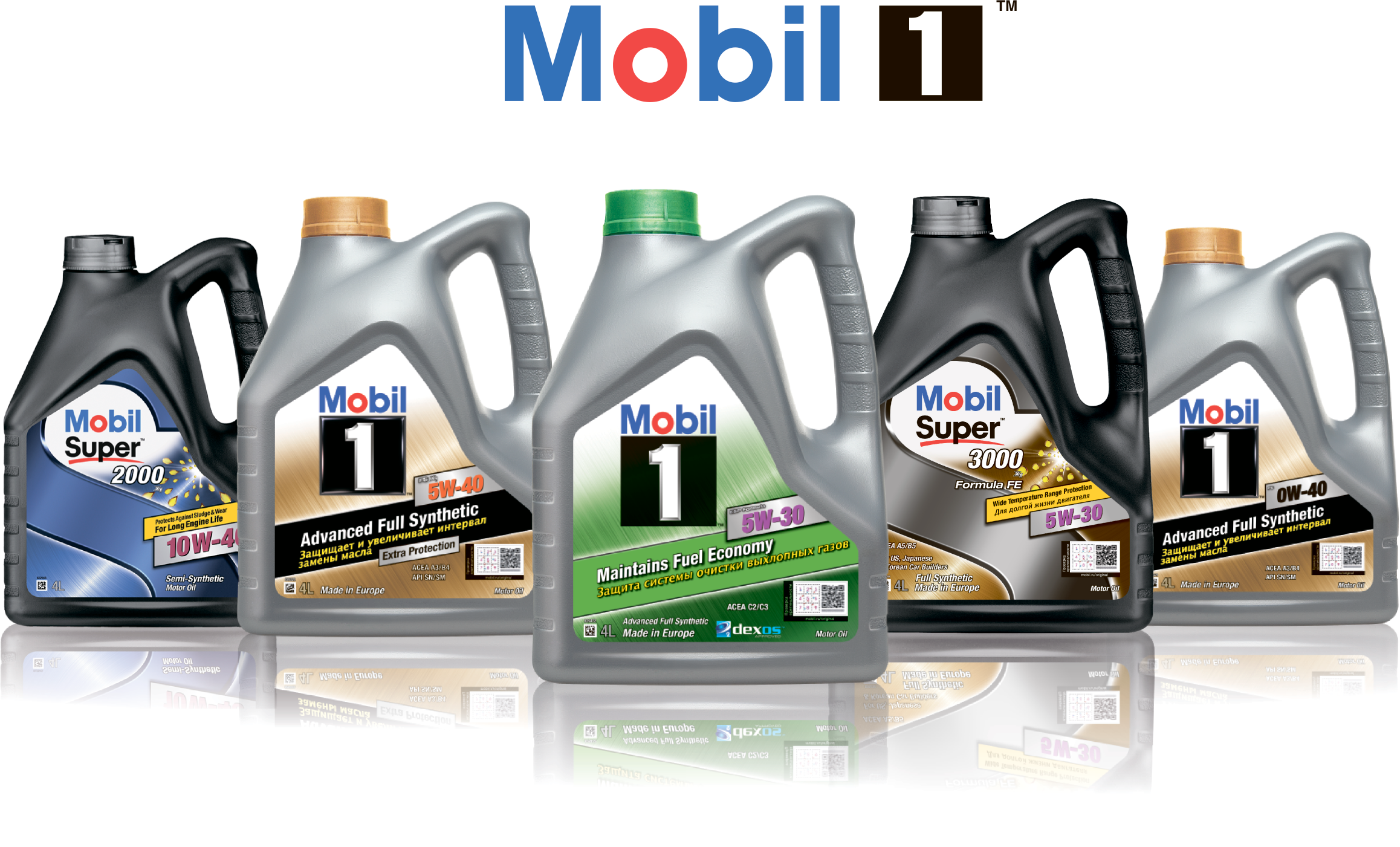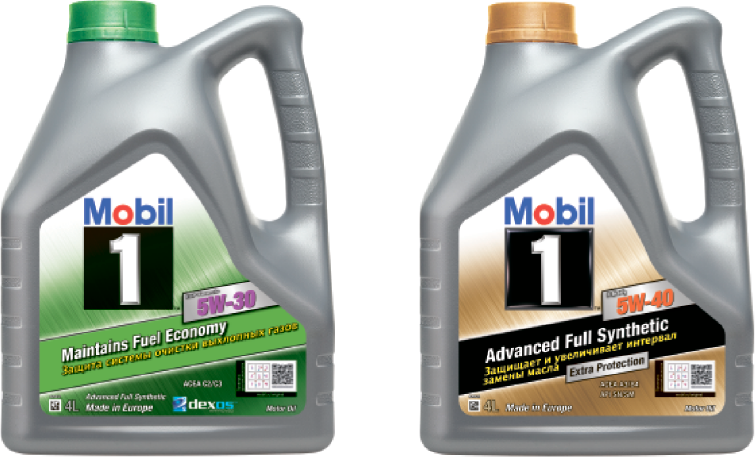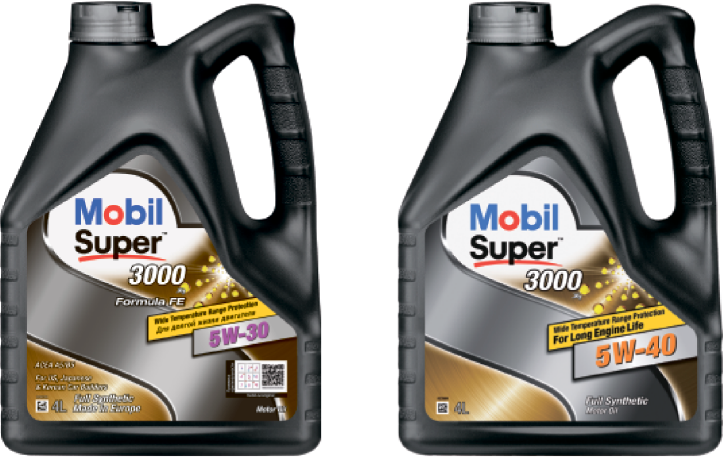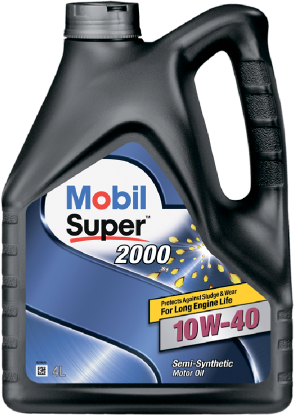


LEARN MORE ABOUT

In the production of synthetic oil, oil is not only refined and fractionated, but also subjected to a deep chemical processing process to produce high-quality oil. Then, the resulting oil is further improved with the help of additives, thanks to which the final product will have exceptional working properties:

At first glance, it makes no difference how one or another base of oil of the same commodity viscosity is obtained, for example, 5W30 is not visible. But the practice of operating motor oils suggests the opposite. The most important difference lies in the thermo-oxidative stability of the oil, or, more simply, in the duration of the interservice run of the oil before it thickens. This is most clearly characterized by the diagram below.
Synthetic butter - can be divided into two types:
Fully Synthetic Polyalphaolefin Oil (Mobil 1 Flagship)

Polyalphaolefin oil is not produced from oil, but from ethylene gas. As a result of the chemical process, polyalphaolefins (PAO) are synthesized, which are the basis of this type of oil.
Synthetic Hydrocracking Oil (Mobil Super)

Hydrocracking oil is produced by deep chemical processing of mineral oil.

Semi-synthetic oil is obtained by mixing mineral and synthetic oils. The main characteristics of lubricating compounds depend on the base base, and the correct balance of additives.
If you compare semi-synthetics with synthetics, you need to highlight the following distinctive features: